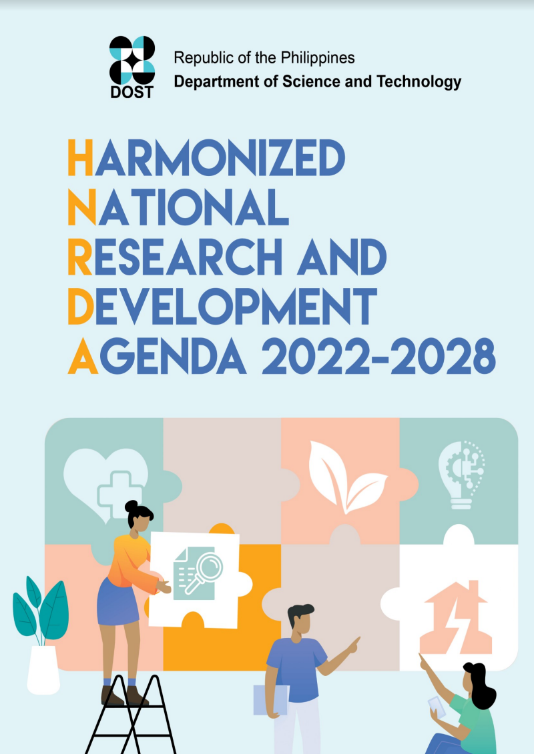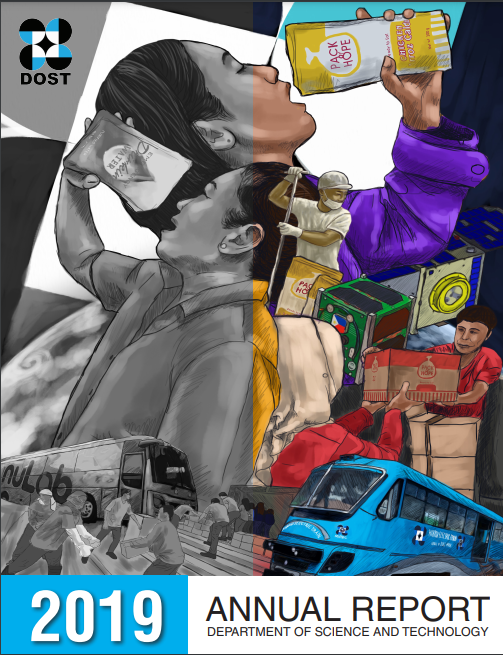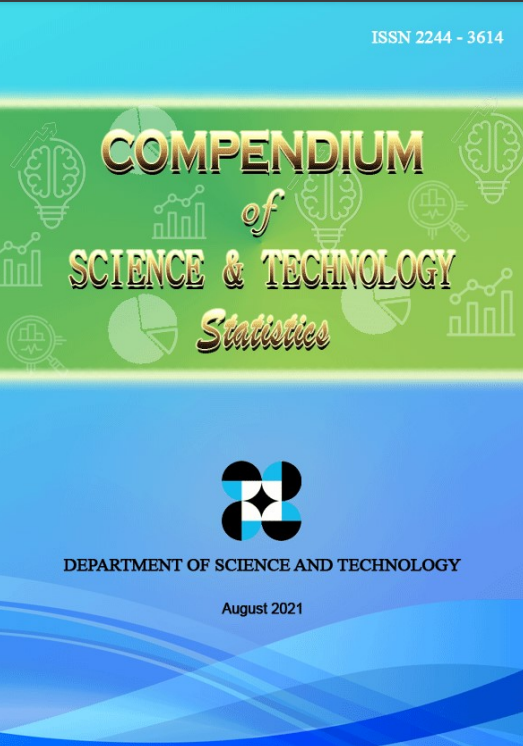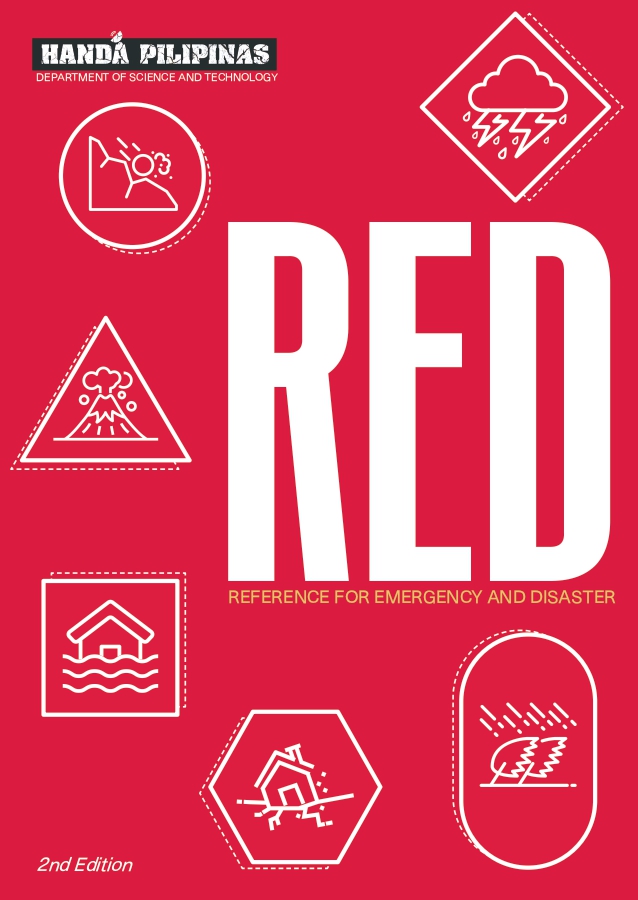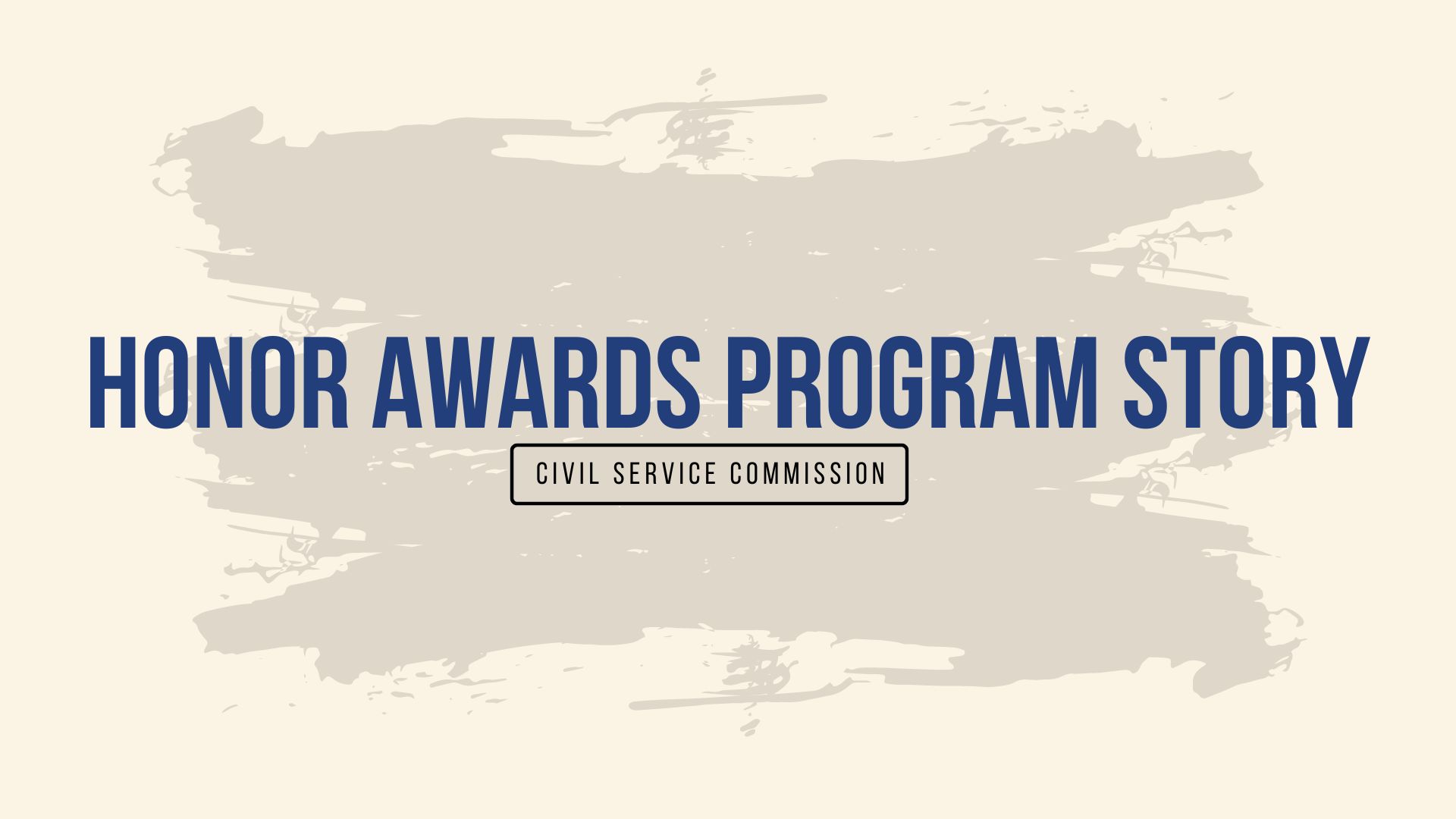Jatropha lesson: Pilot-test first before roll-out
- Details
- Hits: 4589
The Department of Science and Technology affirms that a successful pilot testing of jatropha’s viability as an alternative fuel source should have been conducted before going into large-scale production. Thorough testing on a pilot scale should have included planting and harvesting, production of jatropha oil, and converting then blending these to become bio-fuels. This is something that the previous administration failed to do.
DOST Secretary Mario G. Montejo is reacting to news reports quoting DOE Sec. Rene Almendras as saying that the past administration wasted money and resources in planting thousands of hectares of land with jatropha to produce raw materials for bio-fuels.
The DOST recently-concluded pilot production and testing of bio-fuel from jatropha and proved the technical feasibility of producing jatropha oil and converting it to methyl ester.
Methyl esters, or fats from animals and vegetables, were found in previous scientific studies to be suitable as blend for diesel fuel.
“However, technical feasibility is sometimes different from commercial viability because it involves other issues.” explained Sec. Montejo.
“Thhe proper scientific protocol in programs involving new technologies such as this is to conduct first a pilot-test and a thorough evaluation of its results to prove its viability before rolling it out,” Montejo said.
At present the DOST is not keen on further studies on the processing of jatropha but would still complete the review and evaluation of past data and results. (S&T Media Service. For queries, pals contact: Raymund E. Liboro 09175839733)
Directions for emerging science research set
- Details
- Hits: 4760
Researchers in the country can now program their research activities in emerging science with the setting up of the sector’s research and development roadmaps.
Led by the Department of Science and Technology’s Philippine Council for Industry, Energy and Emerging Technology (DOST-PCIEERD) last October, the crafting of the R&D roadmaps involved stakeholders in the fields of genomics and nanotechnology.
“One important thing that you should consider in crafting the roadmaps is the final outcome of the research activity,” Sec. Mario Montejo advised the stakeholders during the workshop. “In the end, the final product that comes from research should uplift the lives of the Filipino people.”
Genomics refers to the study of genomes, or the complete set of genetic material of organisms. Getting down to gene level leads to a better understanding of living organisms and how they can be improved. In the country, genomics R&D are commonly in the areas of agriculture, health, nutrition, Filipino ethnicity, nutrigenomics, biotechnology, biodiversity, and forensic.
Meanwhile, nanotechnology, also called the “science of small,” involves the study of things at the atomic level. At this level, there are properties and functions not present in larger dimensions but can be designed and controlled at the level of atoms and molecules. Nanotechnology researches in the country are in the areas of biotechnology, materials science, and information and communications technology.
In the field of health genomics, R&D will focus more on the development of diagnostic kits for commonly-encountered diseases. This effort leads to a “Filipinized personal medicine” that addresses unique conditions of Filipinos in infectious, lifestyle, and cardiovascular diseases, and cancer. Also set in the pipeline are functional and designer foods that can treat ailments, molecular marker studiers, deoxyribonucleic acid or DNA fingerprinting, novel enzymes development, sustainable drug discovery, and bio-energy production, among others.
Link up with businessmen, Ilonggo inventor tells colleagues
- Details
- Hits: 7044
Iloilo City --- Drawing on his own experience in making a crack in competitions and in the market, Philip Cruz, president of Herbanext Incorporated, told Ilonggo inventors to improve their craft and learn from business people. Cruz is one of the breed of inventors who successfully crossed over from mind to market with his practical inventions, including the awarded kinetic fish feeder.
“Invent and re-invent,” the Negros-based Cruz told to an audience of established and budding inventors from the Western Visayas during opening of the Regional Invention Contest and Exhibit at the Amigo Plaza Mall in Iloilo City.
“Creating a product is not the end. Don’t stop there,” he said.
He also advised the inventors to tap business people to bring their product to the market. “When I was just starting, I was like most inventors—I did not trust business people because you have to disclose many things to them,” he admitted. “But then I married a business person and my perspective changed.”
He realized business people could actually help in finding market to inventions “because they think differently from us.” When he was preparing his tea products to market, he wanted them fully packed in small but sturdy containers, he said. But when his wife saw his concept, she said it would not sell. It was then he realized that there are many things that he should learn about consumer behavior and practical considerations like supermarket shelf space and product competition.
“We should now change our way of thinking, including the old-time concept of ‘publish or perish’,” he said. “Now, it should be ‘patent or perish’.”
Cruz was referring to patenting, a form of intellectual property rights granted to an inventor for a limited period. Many inventors even today continue to create products but fail to have them patented. This is quite risky as their products can be copied by unscrupulous people and make profits by selling the copied products in the market.
Read more: Link up with businessmen, Ilonggo inventor tells colleagues
DOST-FNRI's iron-fortified rice technology churns out instant meals for people on the go
- Details
- Hits: 7983
Conveniently portable, quick and easy to prepare, and most of all, preservative-free and nutritious. These are exactly what people on the go want their food to be. And these innovative features can be found in Quikeats Instant Meals, putting this brand ahead over other instant meal brands in the market today.
Manufactured by Five N and I Food Corporation under strict supervision of the Department of Science and Technology’s Food and Nutrition Research Institute (DOST-FNRI), Quikeats Instant Rice Meals are produced using FNRI’s dehydrated iron-fortified rice technology.
FNRI developed this iron-fortified rice technology to help address iron deficiency anemia (IDA) which is still prevalent among four out of 10 and three out of 10 pregnant and lactating women, respectively, according to DOST-FNRI’s Seventh National Nutrition Survey (7th NNS) in 2008.
IDA also affects two out of 10 children six months to five years old, as well as the six- to 12-year-olds. One out of ten 13- to 19-year-old teens are likewise affected by IDA, the survey results further revealed.
Fortifying rice with iron is a strategic nutrition intervention in helping address IDA because rice is the staple food of most Filipinos.
With this nutritional and marketing advantage, Quikeats initially unveiled the Pork Adobo Instant Rice Meal last year and eventually came-up this year with Pinoy Beef Steak and Seafood Superb variants as well.
Read more: DOST-FNRI's iron-fortified rice technology churns out instant meals for people on the go













